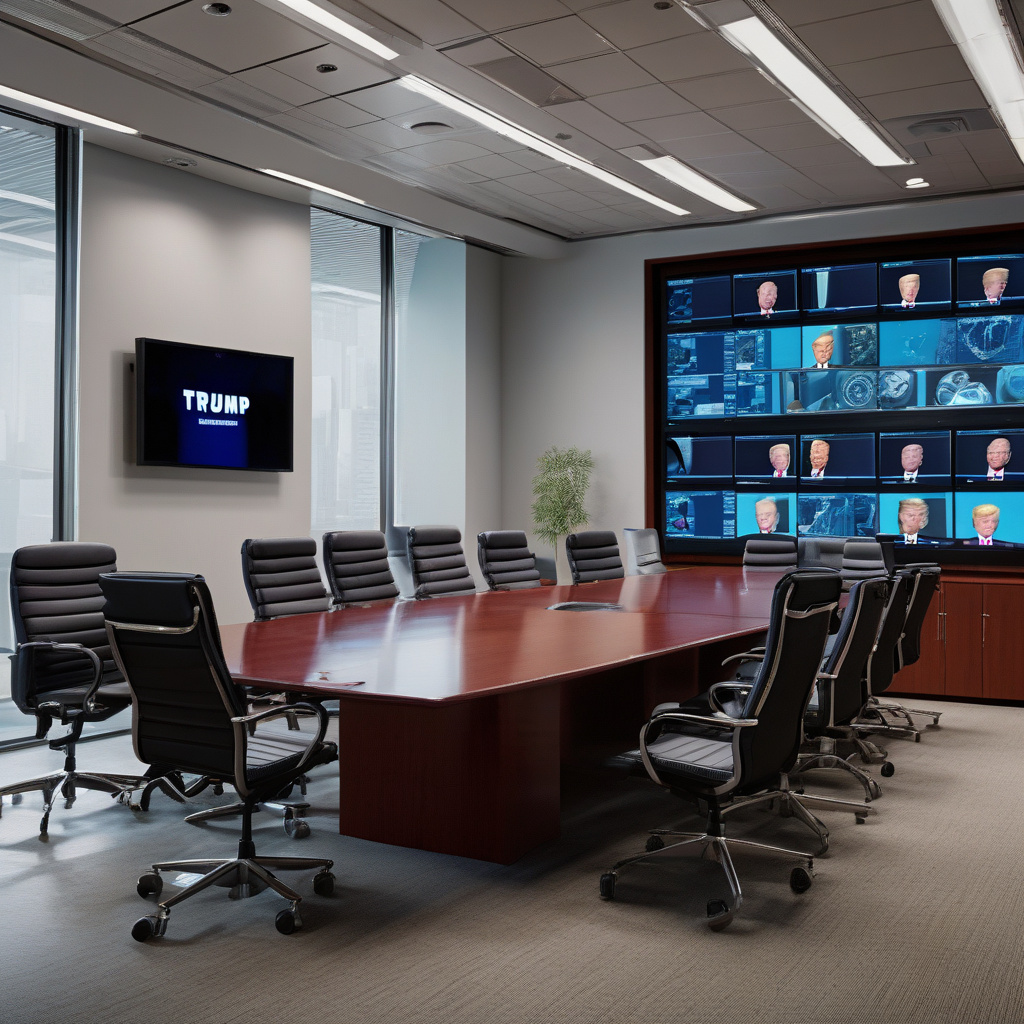Trump’s Tariff Flip-Flop: Navigating Tech Procurement Amid Policy Turbulence
In a whirlwind of policy reversals, President Donald Trump’s recent announcement on new tariff rates for imported semiconductors has sent shockwaves through the tech industry. This abrupt shift has left Chief Information Officers (CIOs) scrambling to adapt their procurement strategies in the face of uncertainty.
Just days after exempting key tech products like computers and smartphones from reciprocal tariffs on Chinese imports, Trump’s latest move has created a wave of confusion. The fluctuating policies have forced businesses to rethink their supply chain management and make on-the-fly adjustments to mitigate potential risks.
This policy rollercoaster is not just a mere disruption—it’s a procurement nightmare for many enterprises. Sanchit Gogia, Chief Analyst at Greyhound Research, describes it as a “geopolitical chess game,” where every move carries significant implications for tech purchasing decisions.
The impact of this tariff turbulence is palpable across various industries, especially those requiring substantial capital investments. For instance, a Fortune 100 insurance provider halted a $15 million data center project due to looming tariff changes that could inflate equipment costs mid-project.
Moreover, the uncertainty is pushing organizations to adopt different strategies based on their tech sector. IT hardware firms are relocating factories, AI vendors are securing chip supplies, and software companies are revising contracts to navigate the evolving landscape of tariffs and trade policies.
As businesses grapple with these sudden policy shifts, the market is witnessing a wave of precautionary measures. Companies are stockpiling components and products to brace for potential impacts, while decision-makers are treading cautiously amid the volatility.
The Trump administration’s push for reshoring semiconductor manufacturing to the U.S. adds another layer of complexity. While the goal sounds appealing, experts warn of operational challenges and a timeline mismatch that could hinder the rapid relocation of semiconductor production back to American soil.
This tariff turmoil is not just about the U.S. and China—it’s reshaping global technology supply chains. The escalating trade tensions are prompting enterprises to realign their sourcing strategies, with a growing emphasis on diversification and risk management to navigate the uncertain terrain.
In response to this upheaval, enterprises are exploring innovative approaches to mitigate tariff risks. Some are accelerating purchases in the short term, while others are diversifying their supply chain geographically to reduce dependency on a single market. This dynamic environment is pushing companies to adopt agile procurement strategies to weather the storm of policy unpredictability.
As CIOs and tech procurement leaders navigate this turbulent landscape, adaptability and foresight will be key to steering their organizations through these challenging times. In a world where policy shifts can happen overnight, staying agile and proactive is essential to safeguarding supply chains and sustaining business continuity in the face of uncertainty.

